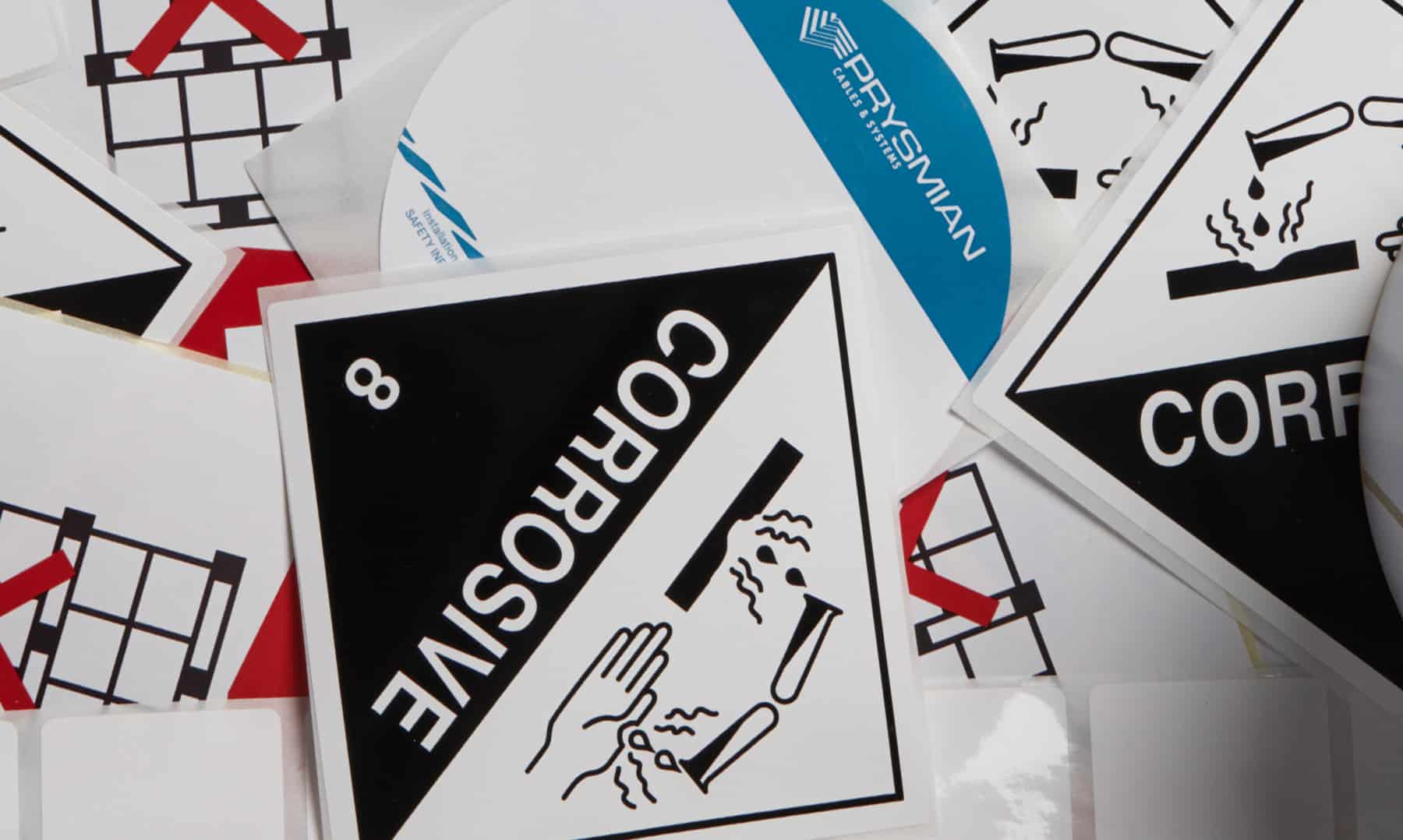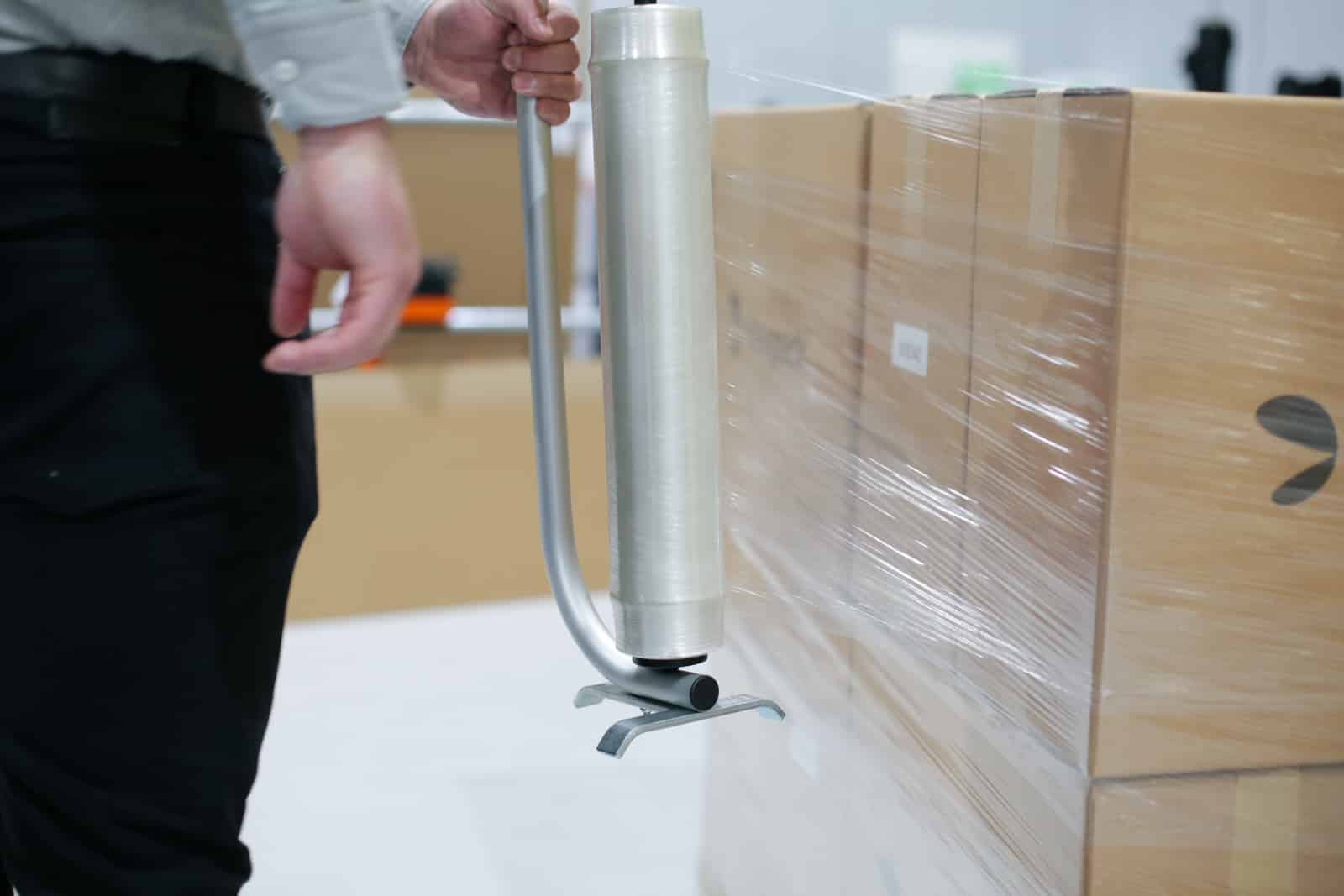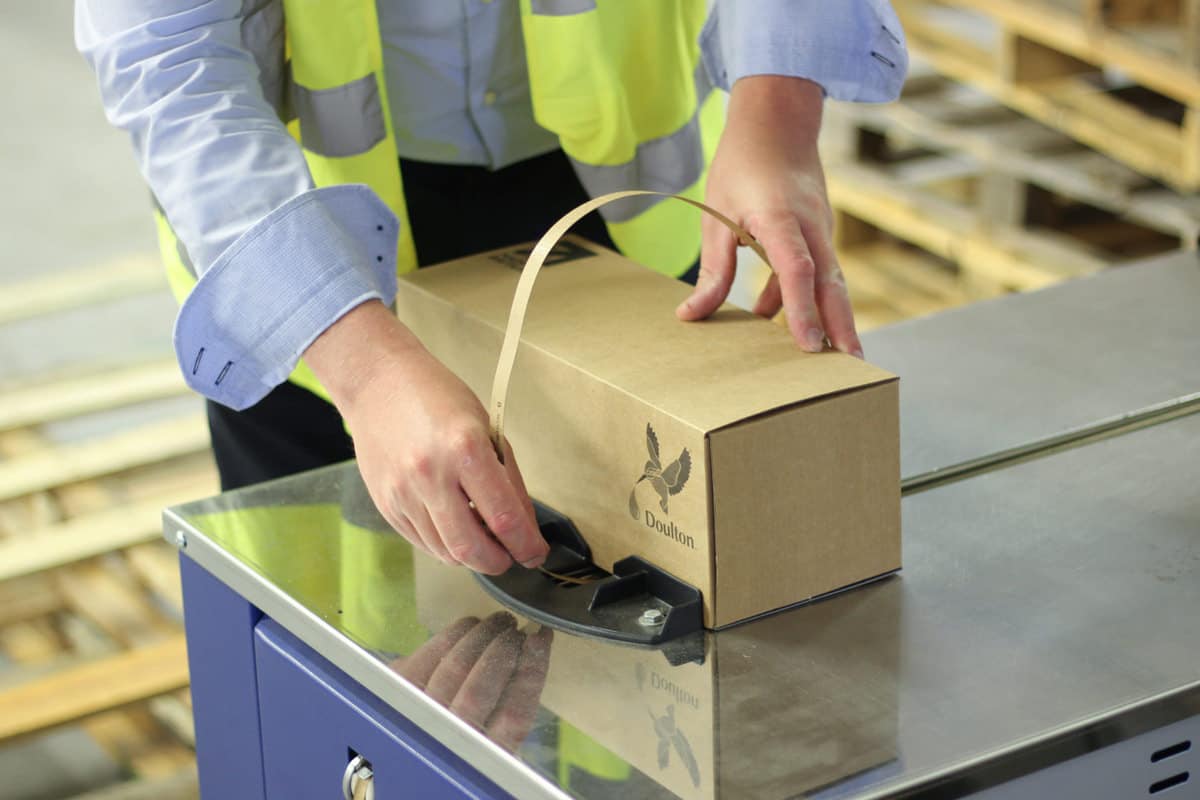Permanent Adhesive
Permanent labels use adhesives that help the label to remain on an item for a sustained period of time. It is important to note that the permanence depends on the the adhesive, face material, surface application and environment that the label is kept on after being placed and the time in which the label is in use. Permanent labels have a strong resistance to extreme temperatures, moisture, chemicals and solvents. If a permanent label is removed or tampered with then it will take some residue from the surface of the application and will not be able to to reattached.
Permanent labels are used when the application requires something that is protected and has a one-off use.
This can include:
Identification labels
Barcodes
Long term and permanent storage labels
Safety labels
Equipment labels
Laboratory labels
Shipping labels
Box labels
Container labels
Bottle labels
Packaging labels
Envelope labels
Removable Adhesive
Removable labels are designed to withstand the wears and tears of package shipment while still being easy to remove without damaging the surface or causing damage to the label itself. They use specialised adhesives, made to offer a secure yet temporary bond to the application. Some removable labels are designed to be removed and re-used. Due to their flexibility and specialised design, removable labels are often more costly than permanent ones. Over time, the adhesive used for removable labels begins to act more like a permanent adhesive and the label can become difficult to remove. It is important that the adhesive used provides easy removal for the period of time required for your application.
Removable labels are versatile and can be used on most surfaces, however, they do not perform well when exposed to moisture, extreme temperatures or corrosive metals.
Their most common applications include:
Masking tapes
Office labels
Inventory labels
Retail products, bottle labels and coupons
Laboratory and sample labels
Temporary equipment labels
Labels for reusable containers and cartons
Packing slips and shipping labels
Freezer Grade Adhesive
As the name implies, Freezer Grade Adhesive labels offer the advantage of withstanding sub-zero temperatures for prolonged periods of time – something that standard labels are unable to achieve. Freezer labels are commonly used by laboratories and in food packaging/storage.
These include:
Cryogenic lab label stickers
Cold storage distribution
Outdoor pallet racking
Pre-frozen vegetable bags
Perforations between labels
When researching the correct label for your product, you will come across the term ‘Perforations’. This is simply referring to the rows added to a sheet of labels that allow them to be separated from each other. The rows are made up of holes (perforations) and ‘ties’ which is where the material is left untouched.
Automatic print and apply
Print and apply systems are predominantly used in warehouses and are useful during shipping processes. Print and apply labels allow you to apply unique codes to different items. To put it simply they print the label, add the code and then apply the label to the application surface in one seamless process.
Direct Thermal Printing or Thermal Transfer Printing?
It can be easy to overlook the difference between direct thermal printing and thermal transfer printing, however, it is important to understand the two. Thermal transfer printing is carried out by using a thermal ribbon. Direct thermal printing involves a heat sensitive label material and when the print head elements come into contact with it, it causes a change in the material to create a printed image.
Direct Thermal Printing
Direct thermal printing uses a heat sensitive label material. The print head elements come into contact with the heat sensitive material and cause it to change colour, creating the printed image or copy. This is an effective way of printing, however, due to the label material being heat sensitive it is not suitable for use in high temperature environments.
Direct thermal printing has traditionally been a niche technology used across a handful of markets including meat, poultry, and dairy. However, developments in thermal paper technology have resulted in a broader range of products that are now suitable for use in many applications across many different markets.
Thermal Transfer Printing
Thermal transfer printers are compatible with a wider variety of applications, including; polyester, paper and polypropylene. The specific label material and ribbon must be carefully matched to ensure print performance and durability. This is the ideal option for labels that need to withstand temperature extremes, as well as ultraviolet exposure, chemicals and sterilisation.
Semi Gloss Labels
Both standard and semi-gloss apply to a thermal transfer only. Semi-gloss is also known as mid-gloss and is the most common material for thermal transfer. It is low cost, while still providing high-quality results. Semi gloss labels are longer lasting and can be exposed to direct sunlight. They are commonly used in the shipping and pharmaceutical industries. They are also ideal for decorative items as they offer a high-end look. Due to their appearance that can be used to draw a customers attention when displaying important information.
Get in Touch!
If you require further advice on the right label for your application, get in touch with one of our expert advisors on 01743 242900 or at sales@maxpack.co.uk.





